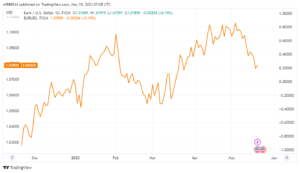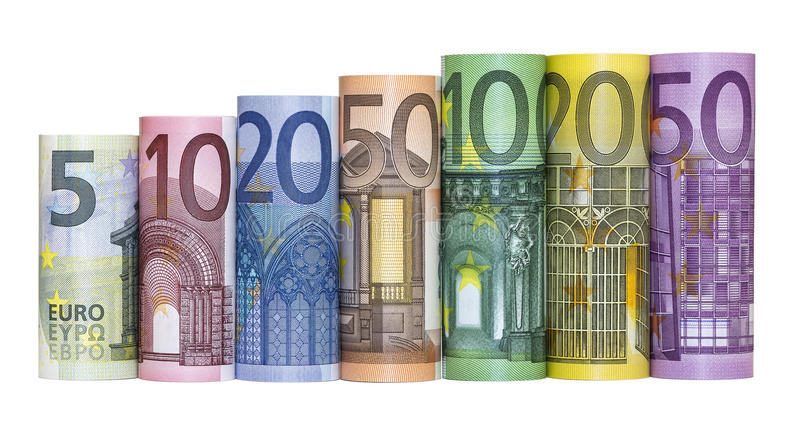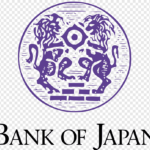In the face of a strong USD, the EURUSD is nearing its lowest level since late March.
The EURUSD pair has entered a bearish consolidation phase and is oscillating in a narrow range at its lowest level since March 27. Which was reached during Friday’s Asian session.
A combination of supportive factors helps the US Dollar (USD) to maintain its position near the seven-week high reached the previous day. Which is perceived as weighing on the major. Against the backdrop of recent hawkish indications from numerous. Federal Reserve (Fed) officials, optimism over a US debt ceiling resolution maintains US Treasury bond rates up and the Greenback supported.
Indeed, Dallas Fed President Lorie Logan stated on Thursday. That the economic facts thus far do not support delaying a rate hike at the next policy meeting in June. In this case, together with concerns about global economic development, advantages the Greenback’s relative safe-haven position. Indeed, data from China this week revealed that the world’s second-largest economy underperformed in April.
Traders are now looking forward to the ECB Bulletin and Fed Chair Powell’s address.
Meanwhile, expectations on additional rate rises by the European Central Bank (ECB) provide little reprieve for the common currency. It is worth noting that ECB President Christine Lagarde has previously stated that efforts to reduce stubbornly high inflation are not complete. And that there are elements that might cause considerable upside risk to the inflation forecast. This, however, fails to please bulls or provide any support for the EURUSD pair.
Investors are now looking for a boost from the ECB Bulletin, albeit the spotlight will stay on Fed Chair Powell. Jerome Powell will make an appearance later this Friday.
Market participants will be watching Powell’s words attentively for any hints regarding the US central bank’s next policy move. This, combined with US bond rates, US debt-limit discussions. And wider risk sentiment, may affect USD price dynamics and offer some momentum to the EURUSD pair on the week’s last day.
Nonetheless, spot prices are on course to record substantial losses for the second week in a row. And the aforementioned underlying backdrop supports the potential of more losses. As a result, any attempt at recovery may still be viewed as a selling opportunity.
EURUSD Technical Outlook
A technical collapse and acceptance below the 100-day Simple Moving Average (SMA) for the first time since November 2022 might occur. As a new trigger for pessimistic traders.
The aforementioned support breakpoint, located around the 1.0800 round-figure mark, corresponded with the 50% Fibonacci retracement level of the March-May advance and should now serve as a crucial milestone. Meanwhile, oscillators on the daily chart are still far from oversold, lending credence to the bearish view.

Any additional loss, however, is more likely to find support at the 61.8% Fibo. level, around 1.0730-1.0725.
Some follow-through selling will reinforce the bearish bias, dragging the EURUSD pair below the 1.0700 level and towards the next key support at the 1.0675-1.0670 horizontal zone. Spot prices may fall lower into the 1.0635 level before testing the 1.0600 round number.
On the other hand, the 1.0800 confluence currently appears to operate as an immediate strong barrier, beyond which a round of short-covering might propel the EURUSD pair towards the 38.2% Fibo. level, around the 1.0865-1.0870 region.
Some follow-through purchasing, resulting in a subsequent rise over 1.0900, indicating that the recent retreat from a one-year high has run its course, shifting the bias in favor of optimistic traders.









